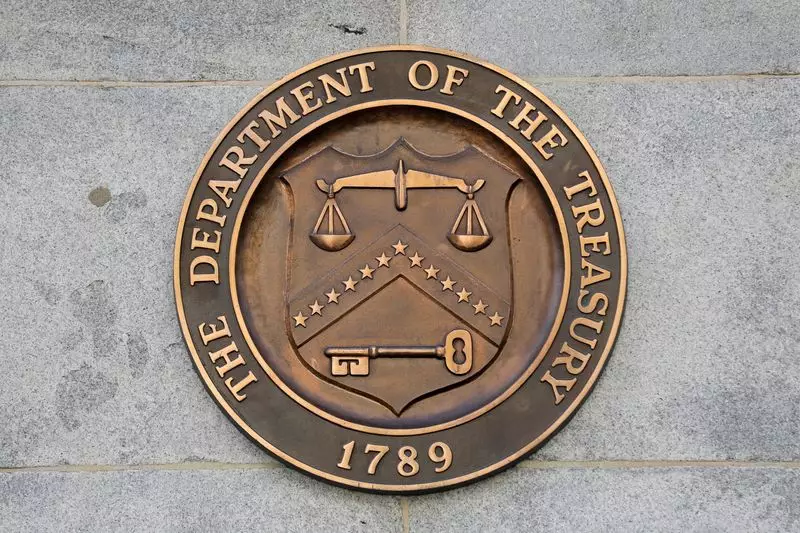The term “soft landing” describes an economic scenario wherein growth slows, avoiding a recession while addressing inflation concerns. Analysts at BCA Research have recently suggested that such a scenario in the U.S. economy could have profound implications for the Treasury market. Notably, recent positive economic indicators have placed the 10-year Treasury yield into what BCA identifies as the “Soft Landing Zone,” a range defined between 3.80% and 4.83%. This analysis indicates an environment where inflation subsides towards the Federal Reserve’s target of 2%. As unemployment remains steady and economic growth finds a natural deceleration, it appears unlikely that we will experience severe economic contractions.
One primary takeaway from BCA’s research is the expectation that the Federal Reserve will maintain a more measured approach to its monetary policy. Given the projected stabilization of yields in a soft landing, the Fed is anticipated to implement gradual easing rather than drastic cuts. In a year’s time, BCA forecasts Treasury yields to decrease gradually: the 2-year yield could drop to 3.33%, the 5-year to 3.52%, and the 10-year to approximately 3.84%. The overarching sentiment among analysts is that this gradual reduction provides relief to bondholders, especially those holding longer-duration securities.
For investors specializing in bonds, these forecasts suggest a potentially favorable environment. In anticipation of a soft landing, BCA recommended strategic positioning above benchmark durations and engaging in steepener trades. This approach, particularly regarding the 2-year/10-year Treasury curve, could allow investors to enhance returns in a stabilizing yield environment. However, despite these optimistic projections, the report underscores vital risks that investors must acknowledge.
If the Federal Reserve adopts a hawkish stance—even amidst improved economic conditions—interest rates may linger at heightened levels. In such an instance, the 10-year yield could rise to approximately 4.63%, while the 30-year yield may approach 4.96%, straying into what BCA refers to as the “Inflation Scare Zone.” This emphasis on vigilance illustrates the precarious balance the Fed faces as it navigates between fostering growth and controlling inflation.
BCA Research emphasizes the importance of being prepared for various potential outcomes in the economic landscape. Although a resurgence in inflation is viewed as a low-probability event, any signals of persistent inflation could lead to a significant uptick in Treasury yields. Conversely, should the labor market show unexpected weakness, Treasury yields might plummet into the “Recession Scare Zone,” warranting more aggressive monetary policy changes from the Federal Reserve.
Summarily, while the notion of a soft landing presents a cautiously positive outlook for the U.S. economy and bond market, the inherent risks should not be overlooked. Investors are encouraged to maintain flexible strategies that can adapt to a range of economic possibilities, thereby optimizing outcomes amid uncertainty. As economic conditions unfold over the coming months, attention to these dynamics will be crucial for navigating the complexities of the Treasury market.

